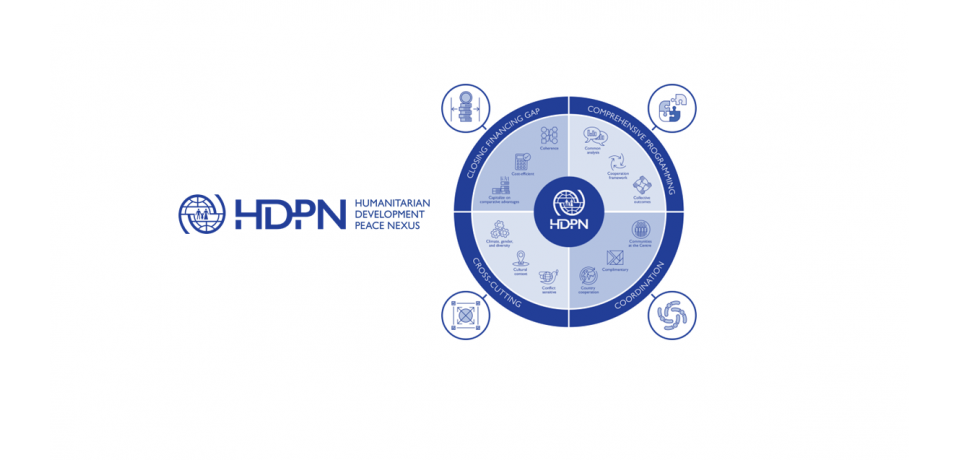Institutional Guidance on Operationalizing Humanitarian-Development-Peace Nexus (HDPN)
Related Sustainable Development Goals and Global Compact for Migration Objectives
As crises have become increasingly recurrent, protracted and multidimensional, there has been growing recognition that while humanitarian assistance and protection remains critical, it is insufficient to sustainably reduce needs, risks and vulnerabilities on its own. Development and humanitarian crises are inter-related. Development deficits underpin or exacerbate the humanitarian impacts of crises, and humanitarian crises in turn disrupt – and in some cases reverse – progress toward the achievement of the Sustainable Development Goals (SDGs). Breaking this cycle requires a system-wide change in the way that humanitarian, development and peace programmes are designed and implemented.
IOM’s Institutional Guidance on Operationalizing Humanitarian-Development-Peace Nexus (HDPN) has been designed as a practical document to assist IOM staff to apply HDPN approaches throughout IOM’s migration and displacement mandate to address vulnerabilities and promote the establishment of peaceful, resilient and prosperous societies in areas impacted by human mobility in all contexts. By applying HDPN approaches to policy and programming work for solutions, transition and recovery as well as addressing adverse drivers of migration and displacement, results will be stronger. The guidance describes some of the ways that IOM can implement this approach in its data and analysis, planning, programming, coordination and resource mobilization efforts.
Why read it?
Check out this guidance to find out more about IOM’s approach to operationalizing HDPN, with practical examples from the field.
